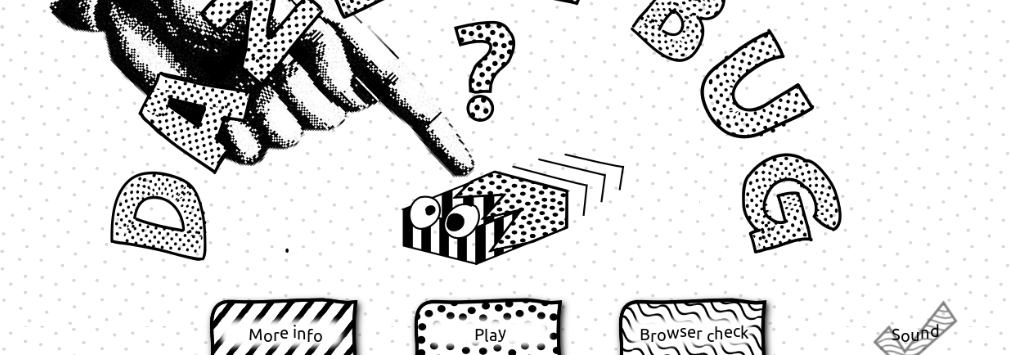Dazzlebug

Dazzlebug is an open source citizen science game made with Laura Kelley and Anna Hughes at Cambridge University to see what patterns are most effective at evading capture from predators. We can then use these results to look at what visual effects these patterns have, and to see whether these patterns match up with those found on real animals in the wild.
The game uses an advanced development of the genetic pattern evolution system used for the egglab game, with more geometric patterns added to the mix. The findings will offer insight into the role of stripes, which are common in many species. While these patterns may have evolved to confuse the visual perception of a predator, they may also be a result of other selection pressures, such as attracting a mate or regulating body temperature. If striped patterns survive and evolve in the game, this would provide strong evidence that these patterns do act to confuse human predators and therefore likely to do the same for other creatures.
The results of this game have been published in the Proceedings of the Royal Society B. Read more in Laura's article on Dazzlebug in The Conversation.
Dazzlebug has been used for teaching by the University of Glasgow in a laboratory practical session, and a special version was exhibited at the Anchorage Museum in Alaska as part of their Camouflage: In Plain Sight Exhibition running from the 28th October 2016 to the 5th February 2017. Dazzlebug was also exhibited at the Eden Project for several years.
